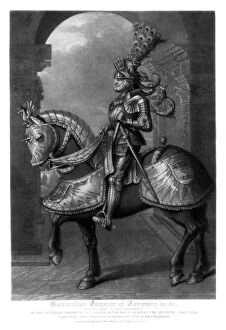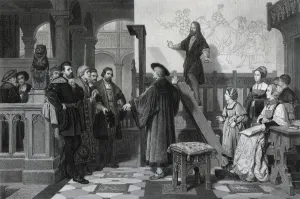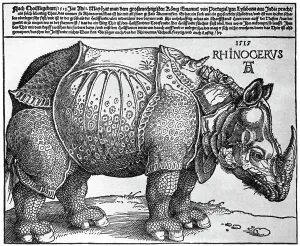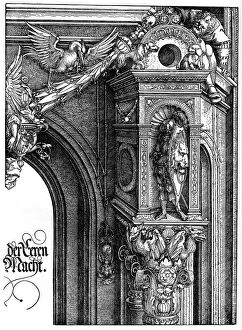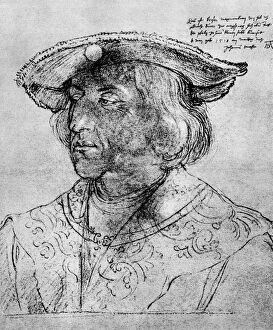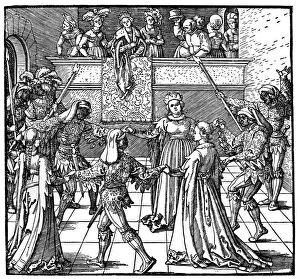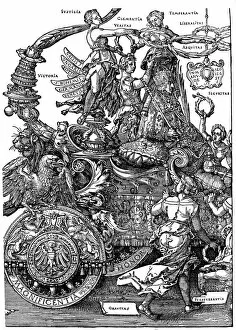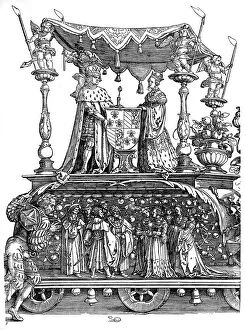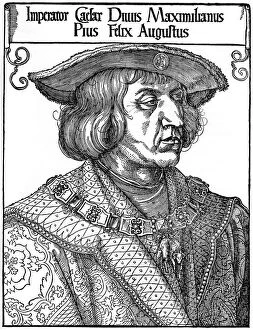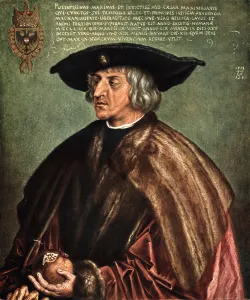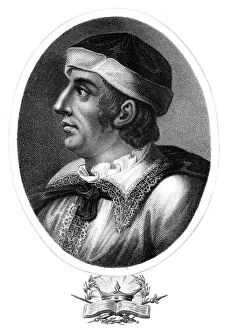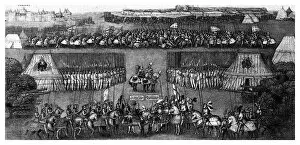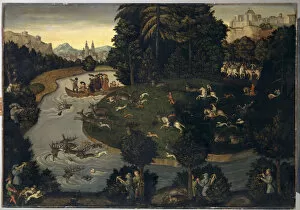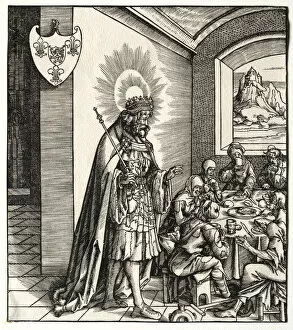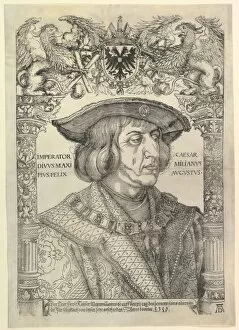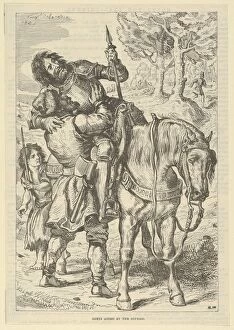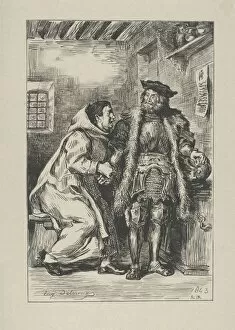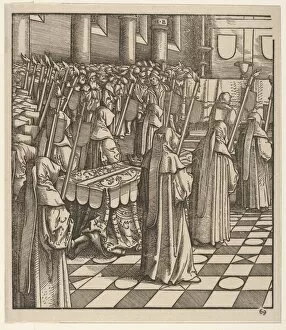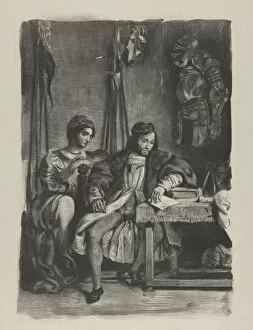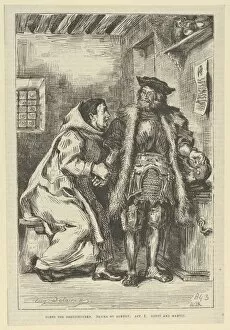Emperor Maximilian Collection (#2)
Emperor Maximilian, a figure of historical significance and intrigue, is depicted in various forms throughout these captivating hints
All Professionally Made to Order for Quick Shipping
Emperor Maximilian, a figure of historical significance and intrigue, is depicted in various forms throughout these captivating hints. The first hint transports us to the enchanting city of Innsbruck, where Das Goldene Dachl (Golden Roof) stands tall as a symbol of this emperor's reign. Its shimmering beauty reflects the grandeur and power he possessed. Moving forward in time, we encounter Ulrich Von Hutten's portrayal in 1516. This depiction captures his commanding presence and regal attire, leaving us mesmerized by his authority. The Execution takes us back to a somber moment in history. Through delicate pencil strokes and watercolors, this artwork immortalizes the tragic end that befell this once mighty ruler. It serves as a reminder that even the most powerful can fall from grace. In contrast to his European endeavors, we catch glimpses of Emperor Maximilian's foray into Mexico as its leader. A mysterious portrait from ca. 1864 showcases him donning an imperial coat of arms while exuding an air of mystery and adventure. As if embodying both strength and cunningness simultaneously, we discover a unique Combination Hunting Dagger and Double-Barrel Percussion Pistol associated with Emperor Maximilian himself. This weapon speaks volumes about his multifaceted nature - one who was not only skilled in politics but also well-versed in hunting arts. Another engraving portrays The Artists Costume Ball at Princes Hall, Piccadilly – an event where individuals could step into different personas for one night. Here we find Emperor Maximilian amidst fellow artists celebrating their creativity while showcasing his own artistic side. Maximilian's life journey concludes with Funeral at Trieste - an engraving capturing the solemn farewell given to him after his untimely demise. It reminds us that even emperors are subject to mortality; their lives marked by both triumphs and tragedies.


